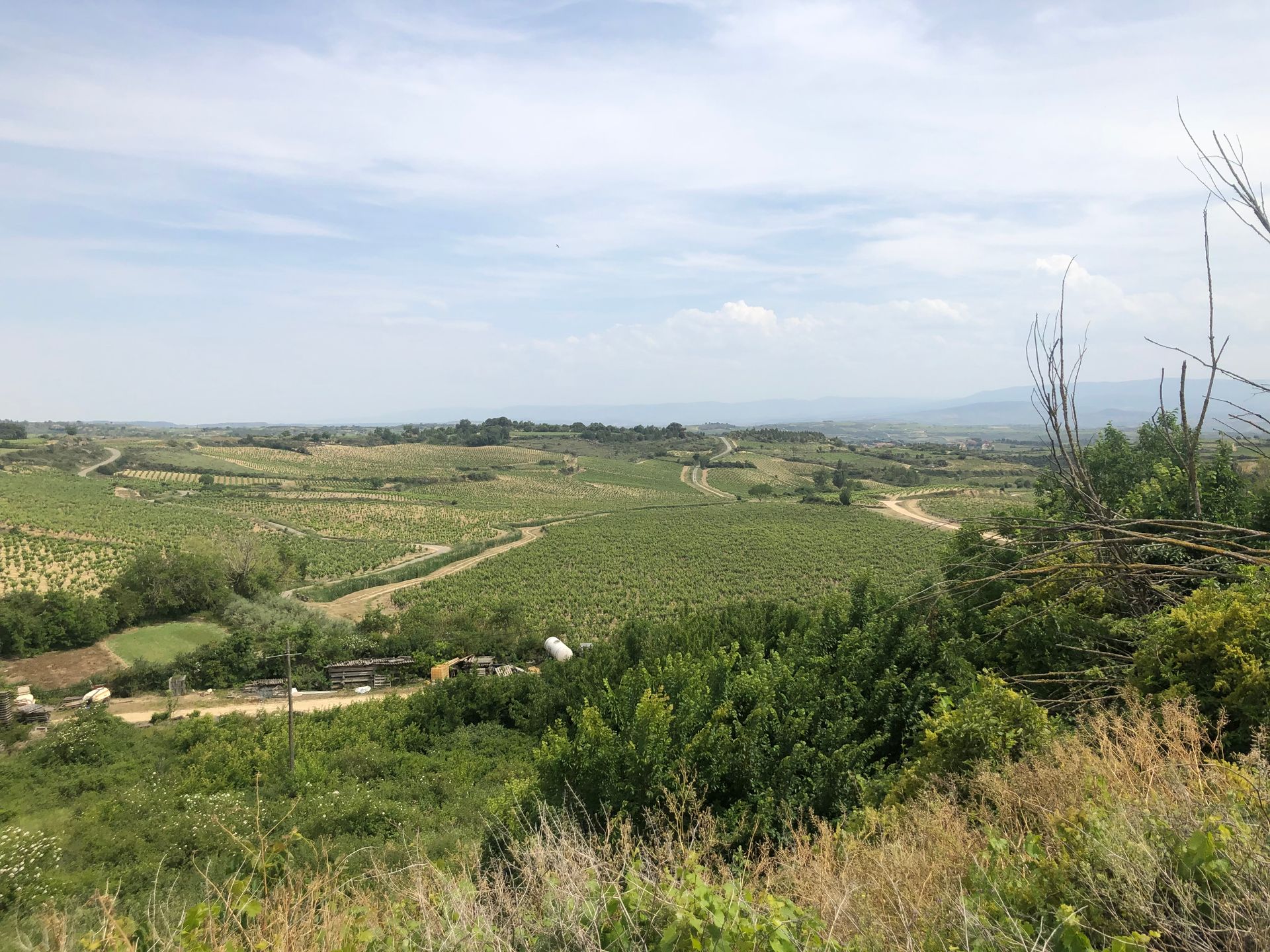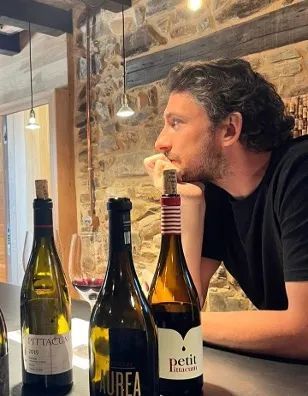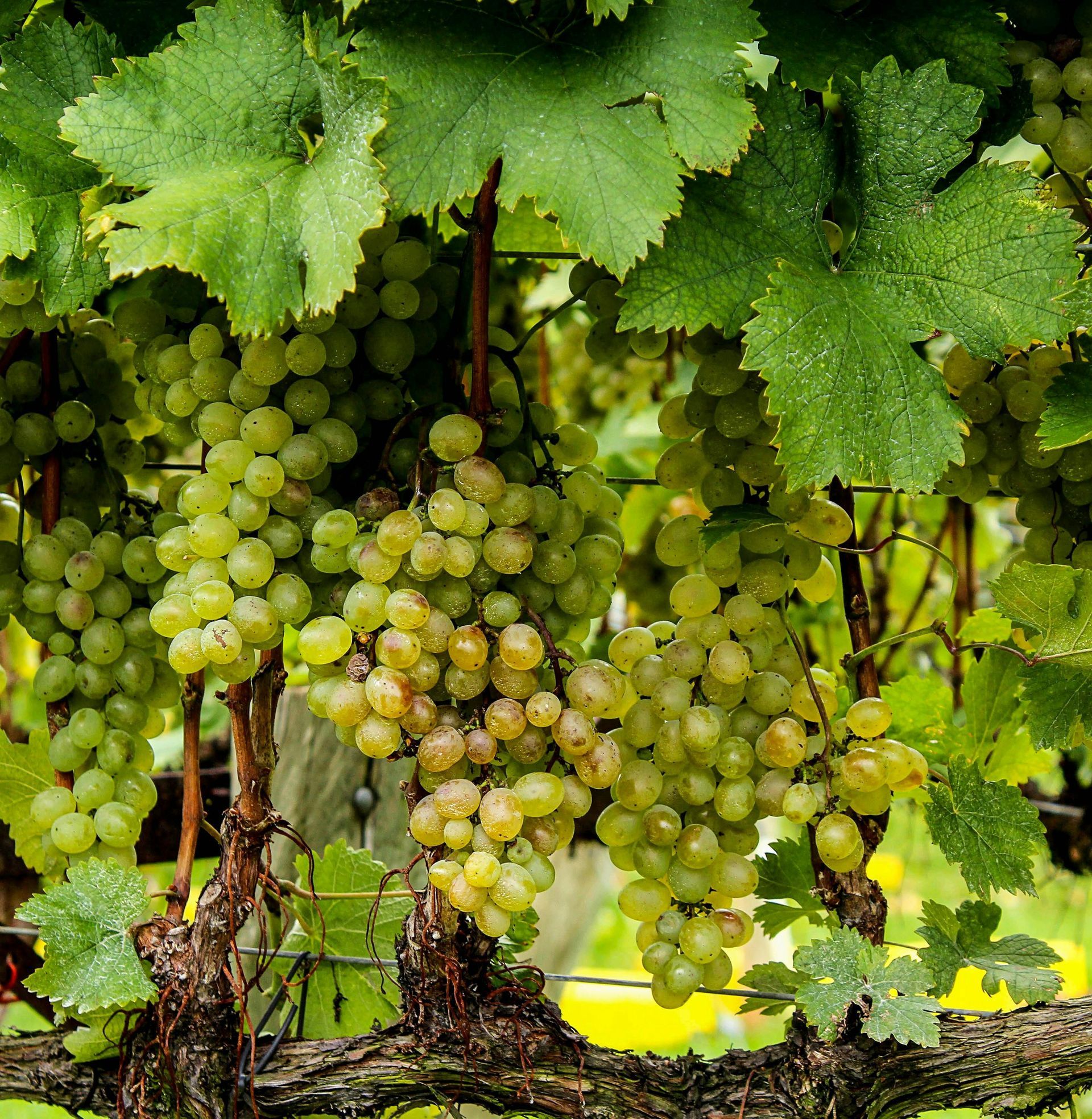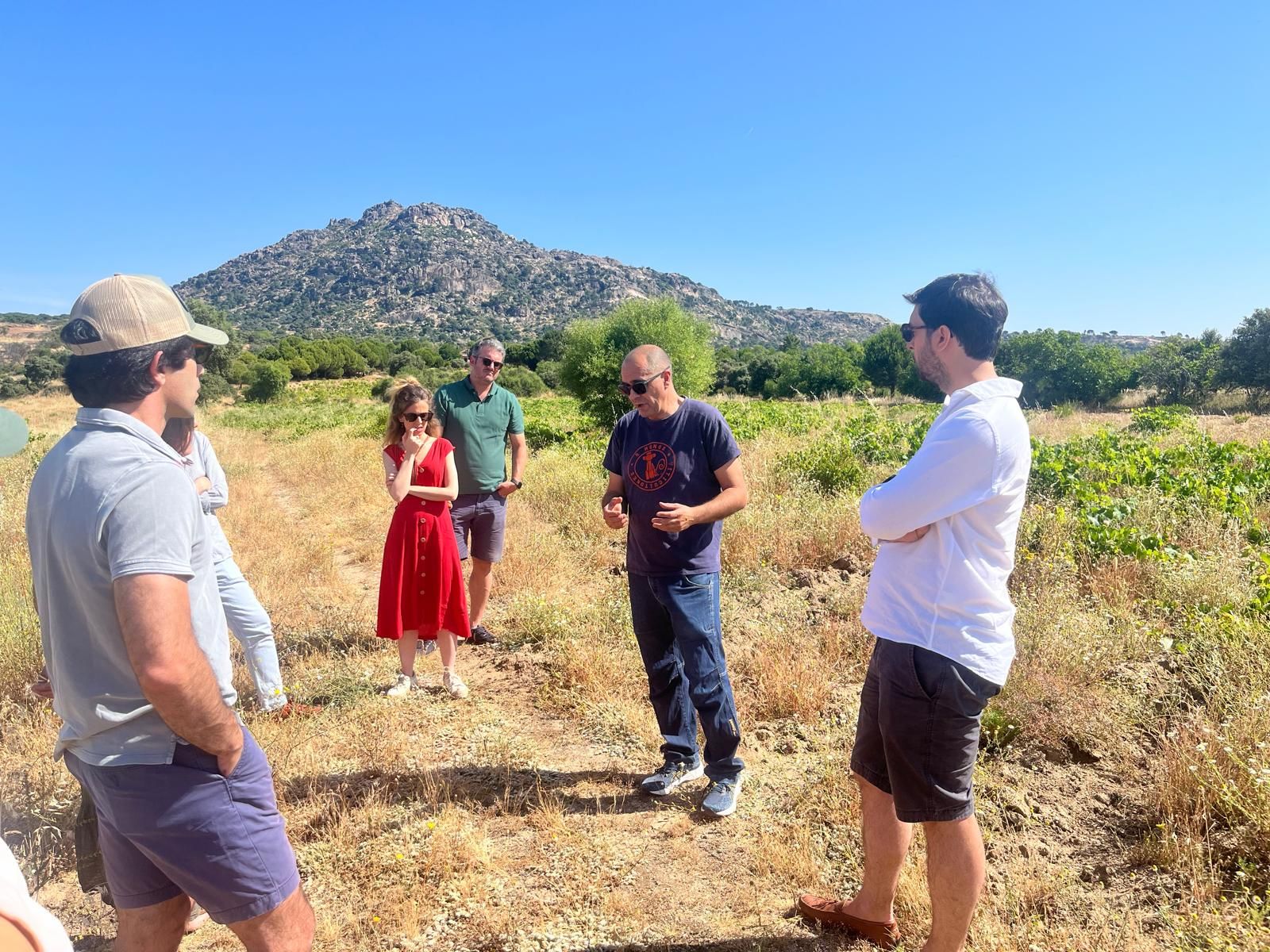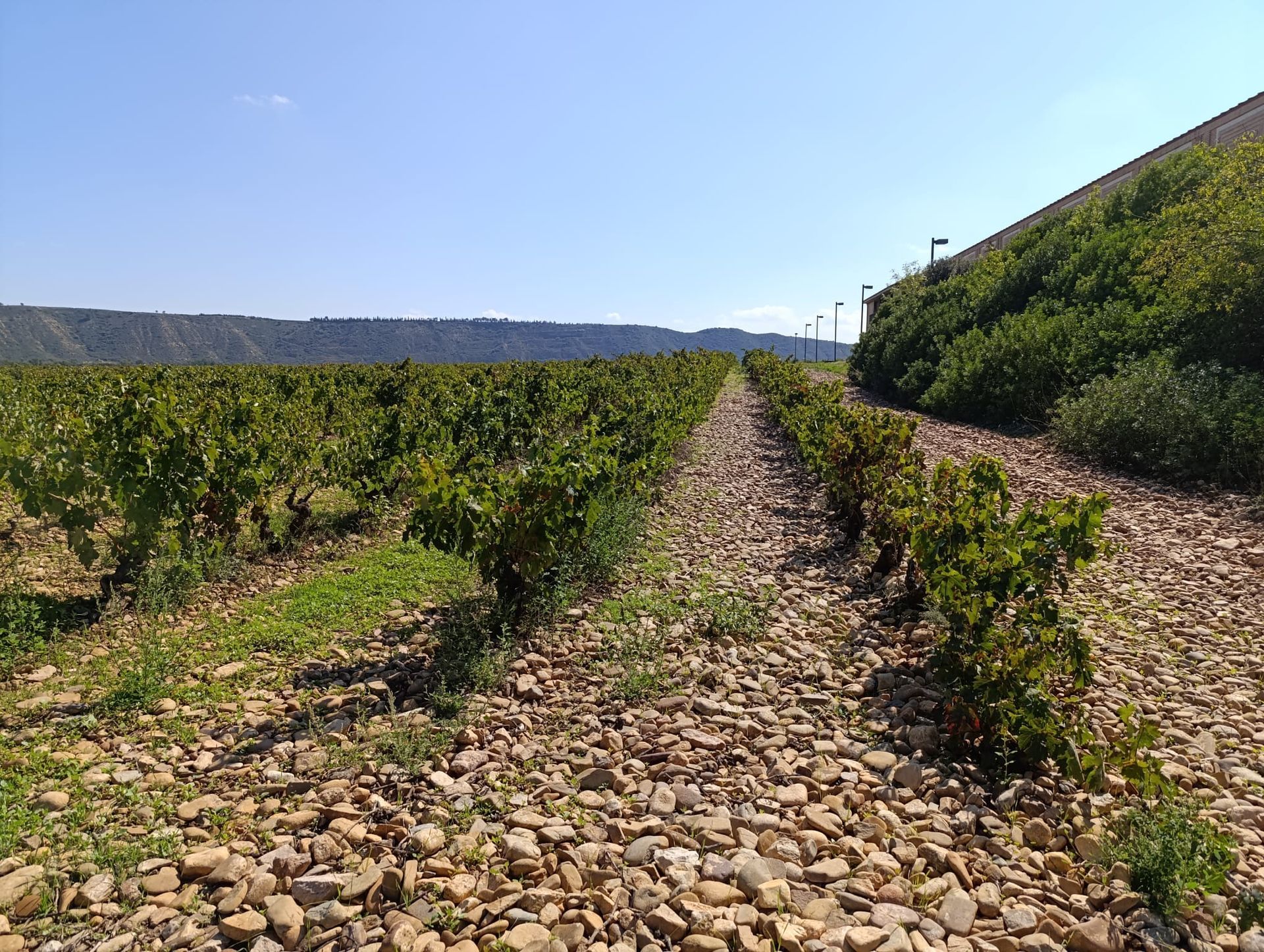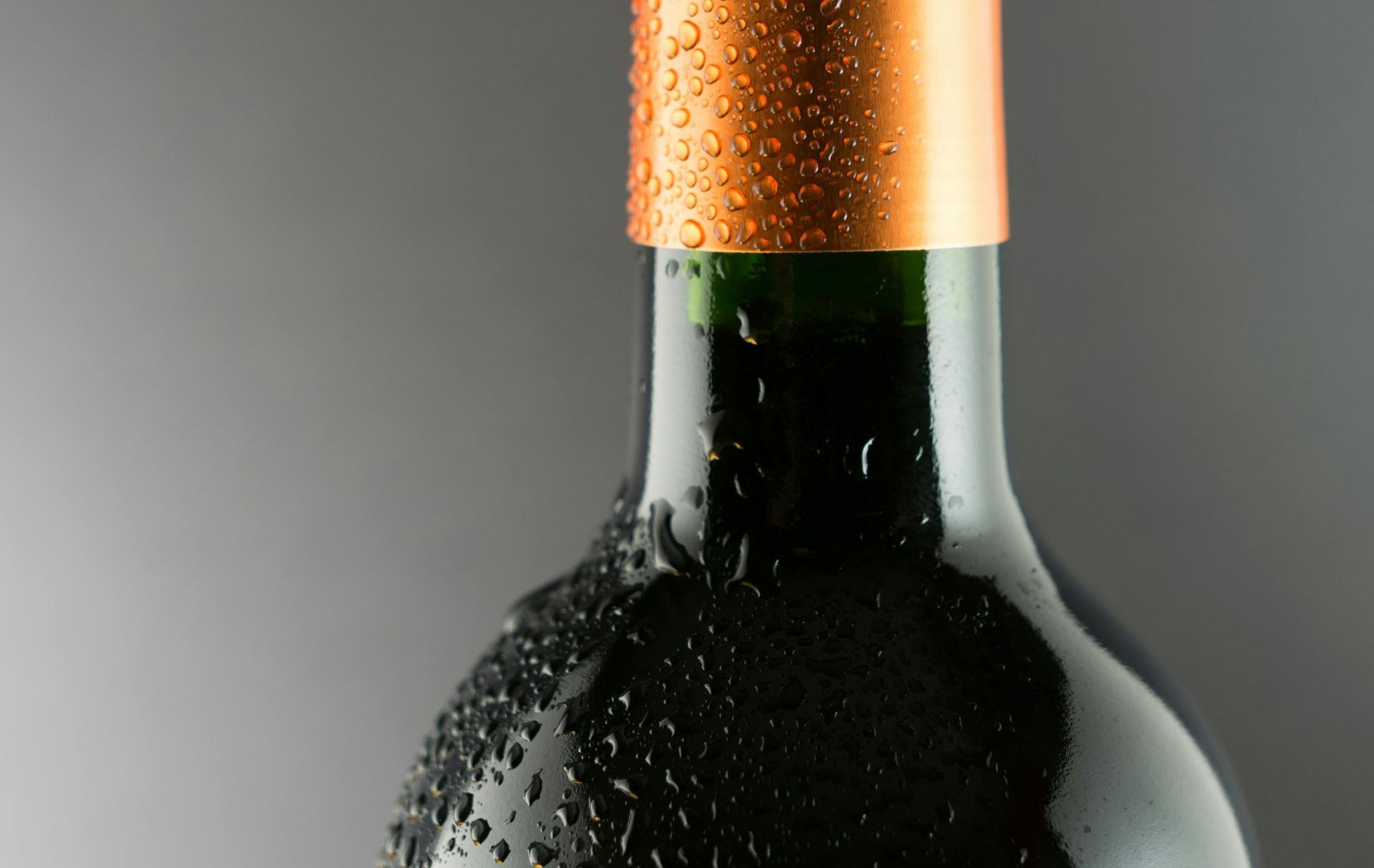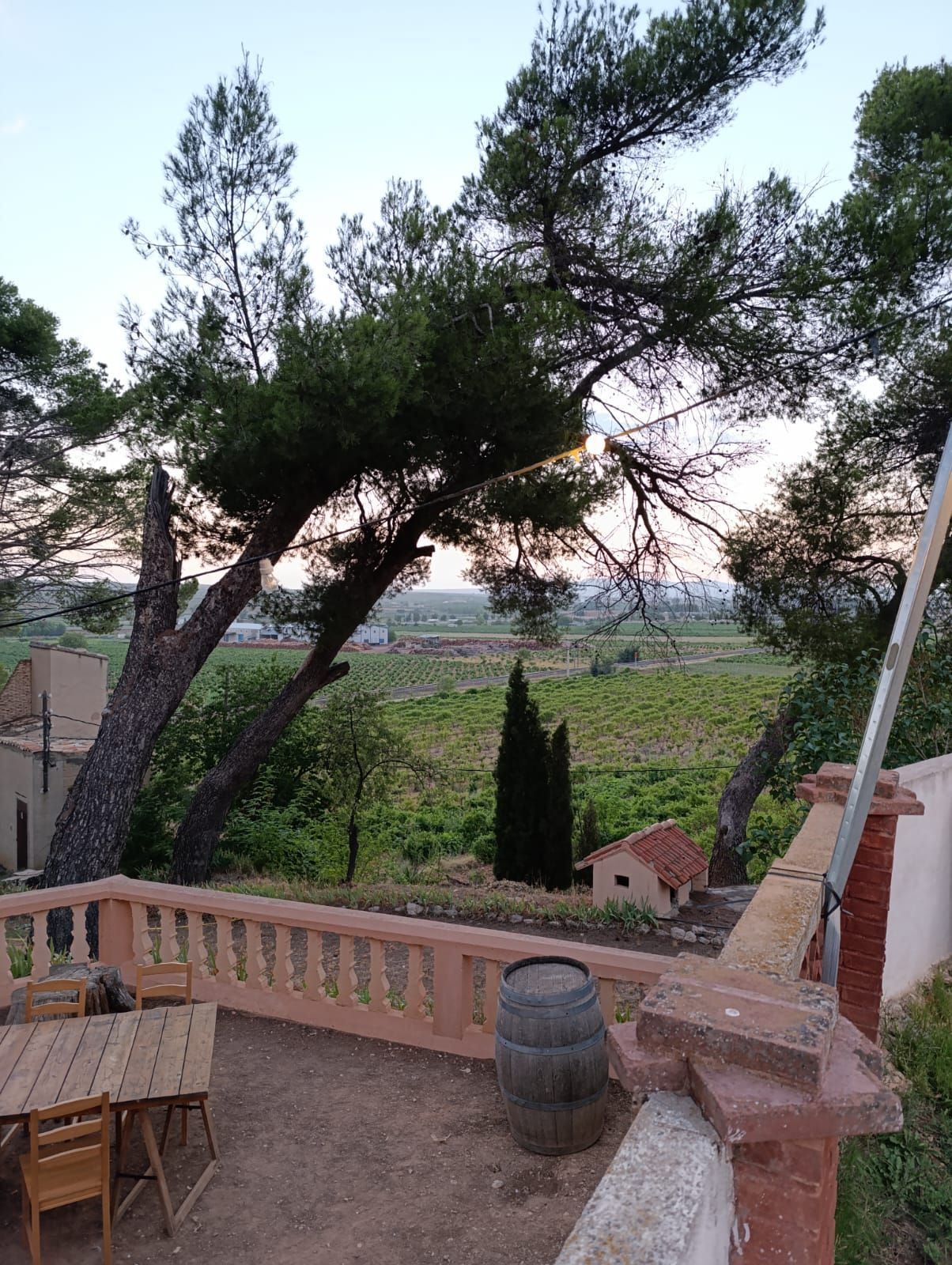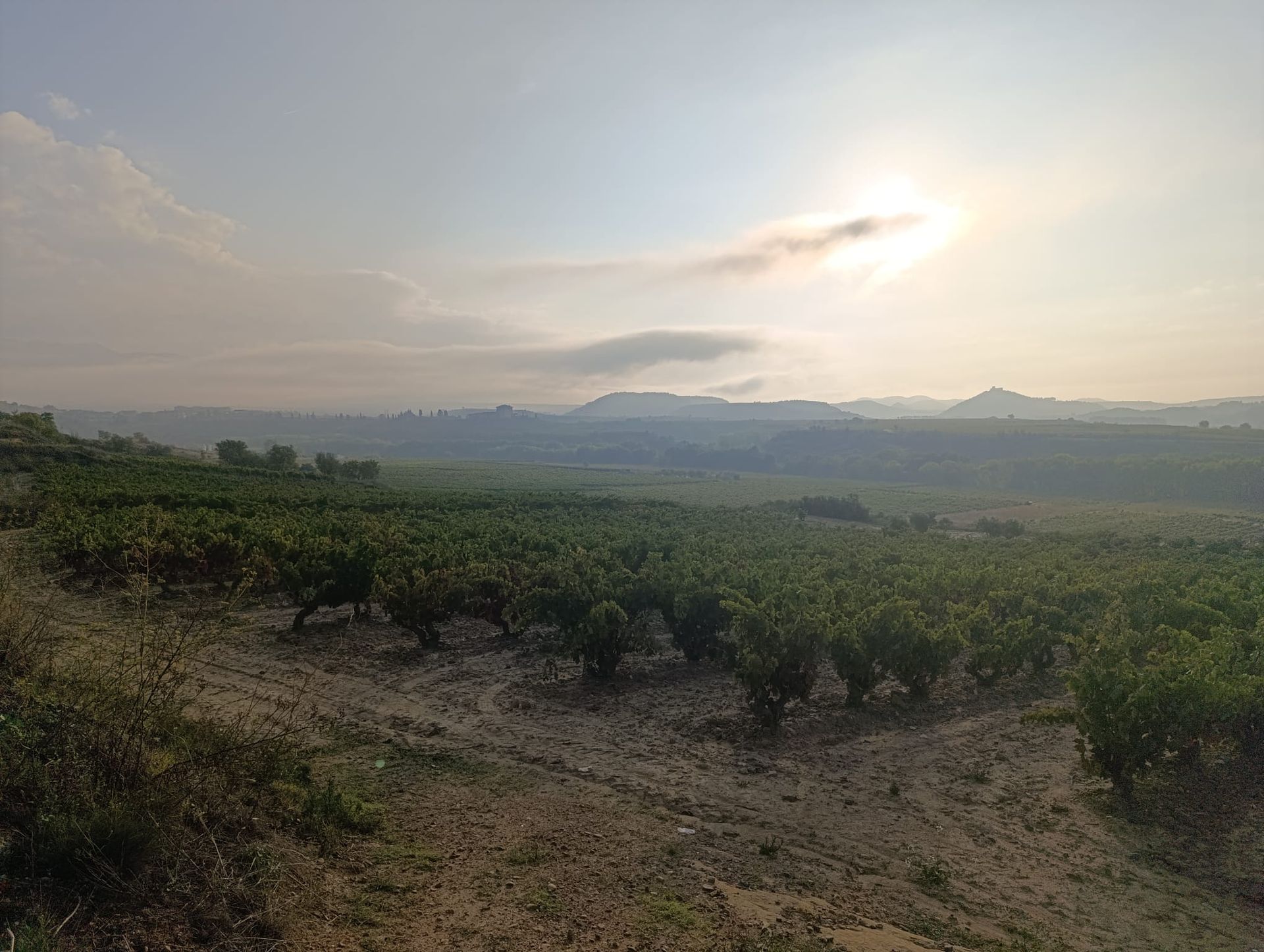Or Sobremadre, as it's known in Spain.
Down in the dusty southeast of Madrid, where the vines twist like old thoughts and the soil crunches under your boots like burnt toast, they still make wine like they used to. No rush. No shine. Just grape, time, and the stubborn refusal to let go. They call it vino sobremadre. It’s not a marketing trick. It’s not a comeback tour. It’s the sound of the past still breathing through a bottle.
They make it white. They make it red. But always the same soul: fermented with the madre - the mother of the wine - and left to rest with her. No filters, no fining, no fiddling. Just the juice sitting there, quiet and alive, on top of its own memories.
The madre, that’s the stuff most winemakers run from. Sediment. Lees. Dead yeast. Grape skins and pulpy bits that sink to the bottom of the barrel like yesterday’s thoughts. It smells faintly of bread dough and fermentation; the ghost of a loaf you never baked. Most wines get racked off quickly, sent into the world clean and polished. But sobremadre wines stay. For up to 180 days, no more. Not stirred, not shaken, not moved, save for the last trip to the bottle.
The rules say no added gas. No tricks with pressure or sparkle. Any gentle fizz comes straight from the beast itself - gas carbónico endógeno, born in the belly of fermentation and trapped like breath held too long. You get wines that are alive. Slightly volatile. Sometimes a whisper of spritz, sometimes a murmur of oxidation, always a pulse.
The grapes go in both destemmed and crushed. That’s your madre. The wine ferments with her and stays with her. No trasiegos, no rackings, until it’s time to bottle. And even then, they take the heart of the wine - not the top, not the bottom - just the middle, to avoid the oxygen up high and the heavy lees down low. It’s a balancing act between nature and discipline, between what was and what’s still worth keeping.
No filtration. No added CO₂. No fake sparkle or industrial shortcuts. Just the land, the grape, and six months of stillness. It’s Madrid’s wine, before Madrid got fast. A method now protected, recognised, stamped and sealed by the EU - not out of nostalgia, but out of respect.
Drink it cool, not cold. Let it open like a story told slowly. You’ll taste skins and sun, a touch of bitter, a kiss of acid, a texture that lingers like a good secret. It’s not orange wine, not exactly. It’s not trendy. It’s not trying to be anything. It just is.
And that, my friend, is rare.
Want to see where it was made and try it for yourself? Book on a tour to Madrid with us!


